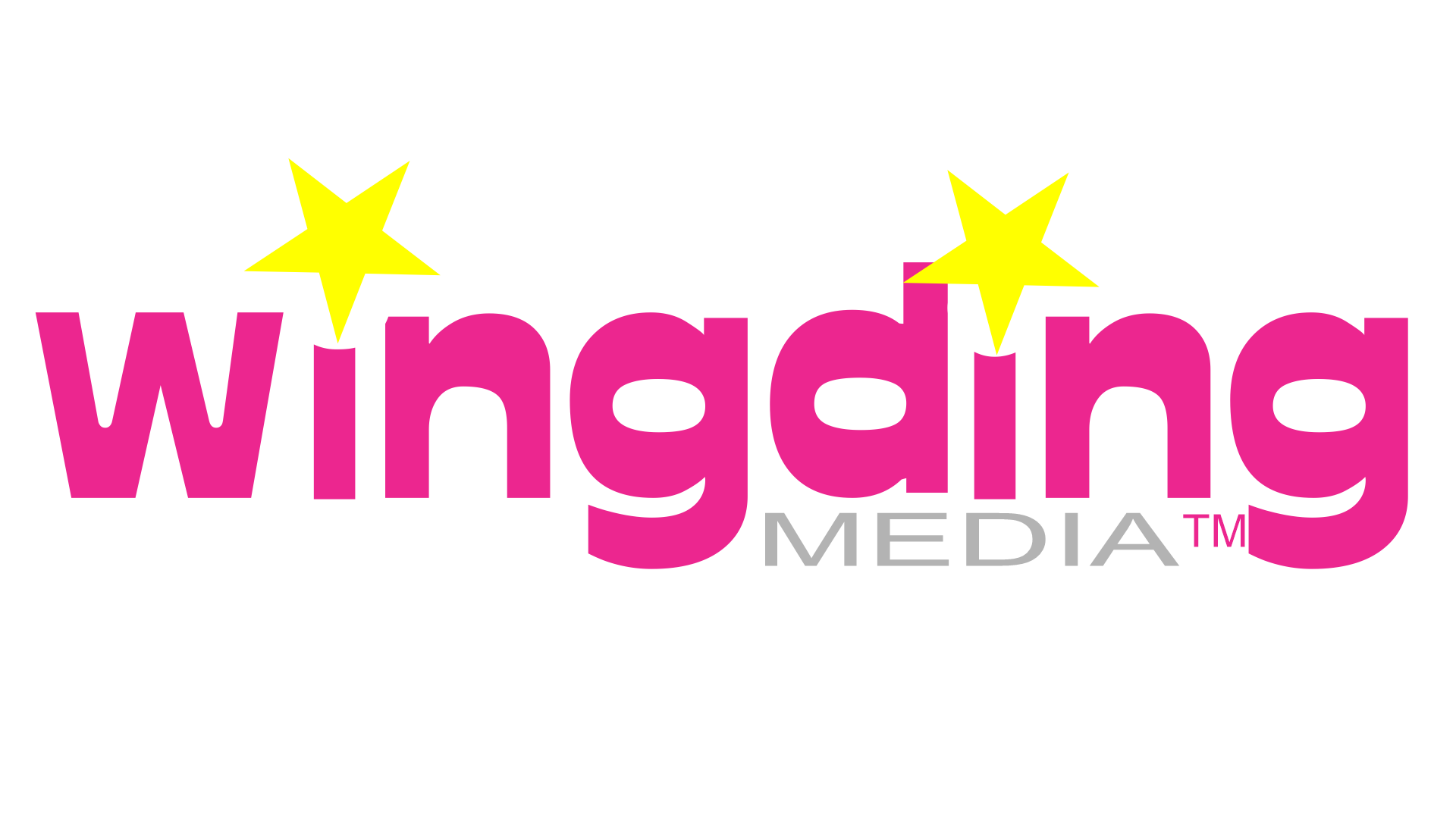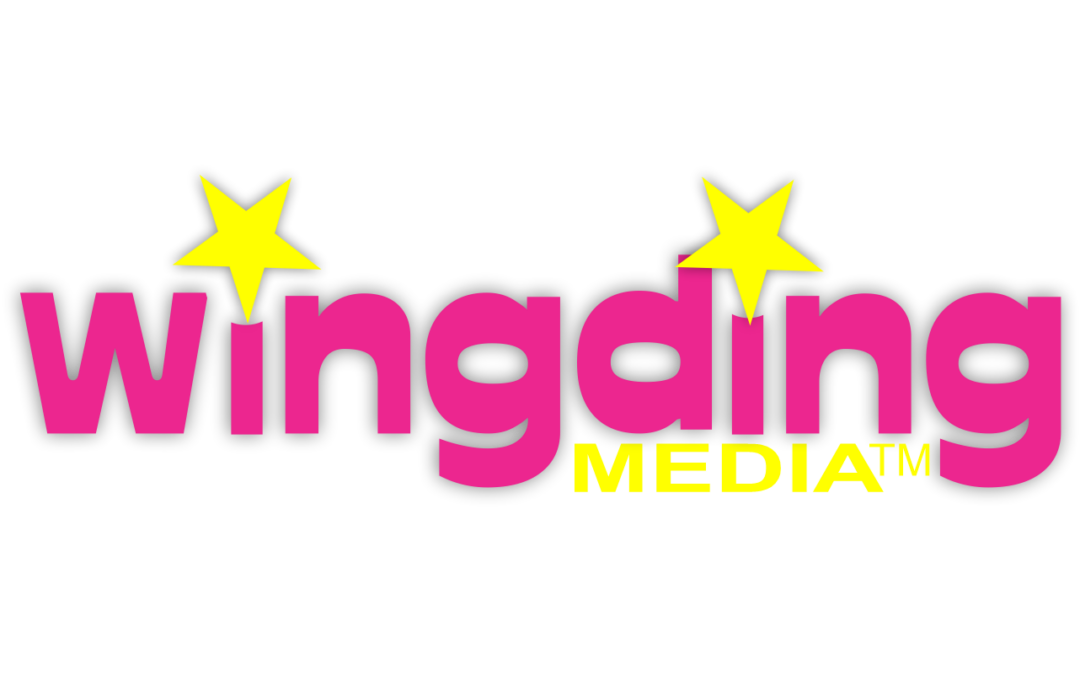Opinion Versus Fact
Warning! The content of this blog is a combination of fact and opinion. Actually that’s pretty much what one will get from any so-called “Mainstream” news channel nowadays, but there’s never a “warning” of such. Many are light on facts and heavy on opinion. Some are accused of being “heavy on agenda”. Whatever the case…finding “old-school-quality” journalism on the “mainstream” channels of the past is, indeed, of the past. Finding unbiased straight-up journalism requires the consumer to do some due diligence…to borrow a term from the legal profession.
What Happened To Mainstream Media?
Getting into what happened would drag us into the divisiveness that created the problem, so we won’t go (directly) there. I’m old enough to remember good journalism, or at least better journalism. Let me say it this way, I remember when the media was trusted to deliver facts and to give two-sided arguments enough time on both sides for the consumer to decide for themselves which way to lean…or vote…or whatever. As for what actually happened, you’ll have to dig into that yourselves. Let’s go forward with the idea that something did happen to mainstream news, and we have to look for quality news elsewhere. But where?
Welcome To The “New” Mainstream – Digital Media
The breadth of available news channels now is much broader than in the past. There are independent news organizations springing up around the world on numerous platforms and apps…and some are doing a great job with journalism. The new mainstream is digital media. Period! We no longer need expensive studios, run and hosted by over-paid personnel to be seen or heard. And that fact is an unpopular fact…or opinion…or whatever. Getting a message into the ether has never been easier than now. It is absolutely possible for you or a person you know sit in a small room in front of a single camera and or a microphone and connect a message to 15 billion+ devices, all connected to the internet and smart TVs. This leads to the greatest of challenges for “the new mainstream”.
How To Be Found
With so many possibilities and (for the consumer) choices, how does one stand out. Digital media, by the nature of its existence, will almost always require a strong relationship with digital marketing. Digital Media + Digital Marketing = Being Found. The network television model of yesteryear created a narrowing of choices. Being found there was easy. It was incredibly expensive for those distributing content, and there were few outlet choices, but it was easy for the consumer.
Compelling content will eventually gather a loyal audience. That process will take time and a lot of work. Let’s break down the work part (digital marketing) into two categories: Marketing for now; and Marketing for later.
-
-
- Marketing for now is all about being found now. There’s nothing currently more effective for the “quick hit” than utilizing social media. Even without an existing audience, social media advertising can help find those looking for specific content. “Pay” close attention to the word “advertising” in the previous sentence. The quality of the content is an important factor, but often not enough. Proper social media marketing requires some spending of both time and money.
- Video – Sharing videos on social media is a powerful strategy for instantly creating and engaging an audience. Videos have the ability to capture attention quickly and convey messages in a compelling and visually appealing way. When sharing videos, it’s essential to optimize content for each platform, considering factors like video length, aspect ratio, and captions to cater to the platform’s unique audience behavior. A captivating thumbnail and a concise, attention-grabbing caption can significantly increase click-through rates. Interaction is key, so encouraging comments, likes, and shares fosters community engagement. Timely and consistent posting helps to establish a regular presence, keeping the audience interested and anticipating new content. Leveraging hashtags, collaborations, and trends can also amplify reach. By combining visually appealing content with strategic distribution and engagement tactics, sharing videos on social media becomes a dynamic tool for building and sustaining an enthusiastic audience.
- Marketing for later could be better described as building a strong foundation for the brand. That foundation begins with having a solid website and is closely followed by creating content for the website. Creating a properly written version of any digital program on a website creates the opportunity for that content to indexed by search engines delivering interested traffic to the website. This process takes weeks, if not months to payoff. But that incoming traffic will surely contain some future audience members and possibly advertisers.
- SEO – Writing for search engine indexing involves crafting content with the goal of making it easily discoverable and relevant to users through search engines. This practice, known as search engine optimization (SEO), requires an understanding of how search engines rank and prioritize content. Writers need to incorporate relevant keywords naturally into their content, ensuring that these words align with the user’s search intent. Additionally, creating high-quality and informative content that addresses the needs of the audience contributes to better search engine rankings. Proper formatting, use of headers, and meta tags are also essential elements in optimizing content for search engines. Ultimately, writing for search engine indexing involves striking a balance between producing valuable and engaging content for the audience while incorporating the technical elements that enhance visibility and accessibility through search engines.
- Marketing for now is all about being found now. There’s nothing currently more effective for the “quick hit” than utilizing social media. Even without an existing audience, social media advertising can help find those looking for specific content. “Pay” close attention to the word “advertising” in the previous sentence. The quality of the content is an important factor, but often not enough. Proper social media marketing requires some spending of both time and money.
-
Opportunity
The change in the way media is produced and distributed spells opportunity for anyone who aspires to the subject and is willing to rise to the challenge. Consider the myriad of opportunities that digital media offers to aspiring journalists. In the digital age, traditional boundaries have dissolved, opening up new avenues for content creation, distribution, and engagement. Digital platforms enable journalists to reach global audiences, fostering a more inclusive and diverse media landscape. Multimedia skill are necessary. Modern journalists must be adept not only in writing but also in video production, podcasting, and social media management. We’re seeing the democratization of information dissemination, with citizen journalism gaining prominence through blogs and social media platforms. Additionally, there’s the potential for niche journalism, as digital media allows journalists to cater to specific interests and communities. Overall, digital media has transformed journalism, offering aspiring journalists unprecedented opportunities to make a meaningful impact in the rapidly evolving media landscape.
How About You?
If you would like to explore the possibilities of digital media, reach out. We’d love the conversation. We offer all the tools necessary to establish your platform.

